Uncovered: NHTSA Levels of 1900 (Satire)
Submitted by brad on Wed, 2017-07-19 09:33I have recently managed to dig up some old documents from the earliest days of car regulation. Here is a report from NHTSA on the state of affairs near the turn of the 20th century.
National Horse Trail Safety Administration (NHTSA)
Regulation of new Horse-Auto-mobile Vehicles (HAV), sometimes known as "Horseless carriages."
In recent years, we've seen much excitement about the idea of carriages and coaches with the addition of "motors" which can propel the carriage without relying entirely on the normal use of horses or other beasts of burden. These "Horseless carriages," sometimes also known as "auto mobile" are generating major excitement, and prototypes have been generated by men such as Karl Benz and Armand Peugeot, along with the Duryea brothers, Ransom Olds and others in the the USA. The potential for these carriages has resulted in many safety questions and many have asked if and how NHTSA will regulate safety of these carriages when they are common.
Previously, NHTSA released a set of 4, and later 5 levels to classify and lay out the future progression of this technology.
Levels of Motorized Carriages
Level 0
 Level zero is just the existing rider on horseback.
Level zero is just the existing rider on horseback.
Level 1
 Level one is the traditional horse drawn carriage or coach, as has been used for many years.
Level one is the traditional horse drawn carriage or coach, as has been used for many years.
Level 2
A level 2 carriage has a motor to assist the horses. The motor may do the work where the horses trot
along side, but at any time the horses may need to take over on short notice.
Level 3
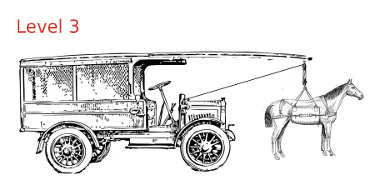 In a level 3 carriage, sometimes the horses will provide the power, but it is allowed to switch over entirely to the "motor," with the
horses stepping onto a platform or otherwise being raised to avoid working them. If the carriage approaches an area it can't handle, or the motor has problems,
the horses should be ready, with about 10-20 seconds notice, to step back on the ground and start pulling. In some systems the horse(s) can be in a hoist which can raise or lower them from the trail.
In a level 3 carriage, sometimes the horses will provide the power, but it is allowed to switch over entirely to the "motor," with the
horses stepping onto a platform or otherwise being raised to avoid working them. If the carriage approaches an area it can't handle, or the motor has problems,
the horses should be ready, with about 10-20 seconds notice, to step back on the ground and start pulling. In some systems the horse(s) can be in a hoist which can raise or lower them from the trail.
Level 4
A Level 4 carriage is one which can be pulled entirely by a motor in certain types of terrain or types of weather -- an operating domain --
but may need a horse at other times. There is no need for a sudden switch to the horses, which should be pulled in a trailer so
they can be hitched up for travel outside the operating domain.
Level 5
The recently added fifth level is much further in the future, and involves a "horseless" carriage that can be auto mobile in all situations, with no need for any horse at all. (It should carry a horse for off-road use or to handle breakdowns, but this is voluntary.)



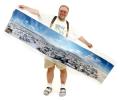
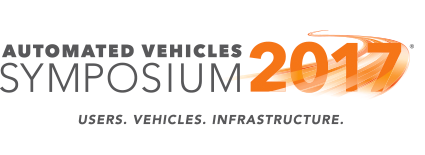
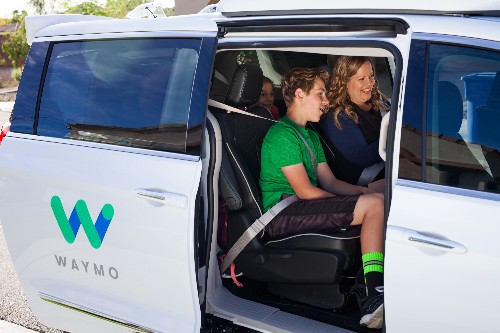 There are several things notable about Waymo's pilot:
There are several things notable about Waymo's pilot: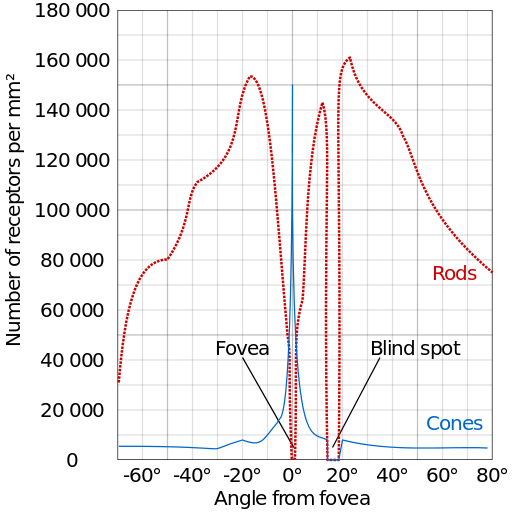 My thought is to combine foveal video with animated avatars for brief moments after
My thought is to combine foveal video with animated avatars for brief moments after  That, in turn, means Republic did not have the right to invoke the clauses of the contract for oversold flights. If so, they are just plain in the wrong, and this becomes a case with far less interesting nuance. United has changed their tune (of course due to public pressure) and are going full mea culpa.
That, in turn, means Republic did not have the right to invoke the clauses of the contract for oversold flights. If so, they are just plain in the wrong, and this becomes a case with far less interesting nuance. United has changed their tune (of course due to public pressure) and are going full mea culpa.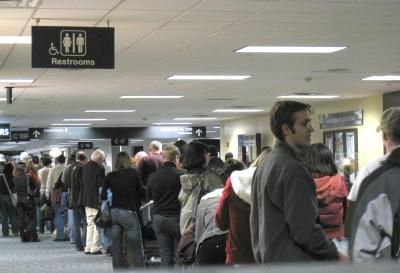
 The constitution says very little about districting. In fact, it doesn't even demand districts! States could have, if they chose, selected their representatives in a statewide proportional vote. Later federal laws, however, have demanded each person have one congress member, which demands geographic districts. About half the states require the districts be contiguous, but the others don't. The voting rights act and other principles have forbidden drawing the lines on racial or minority grounds, but not on the grounds of "this helps incumbents keep their seats" -- that's still largely within the rules.
The constitution says very little about districting. In fact, it doesn't even demand districts! States could have, if they chose, selected their representatives in a statewide proportional vote. Later federal laws, however, have demanded each person have one congress member, which demands geographic districts. About half the states require the districts be contiguous, but the others don't. The voting rights act and other principles have forbidden drawing the lines on racial or minority grounds, but not on the grounds of "this helps incumbents keep their seats" -- that's still largely within the rules.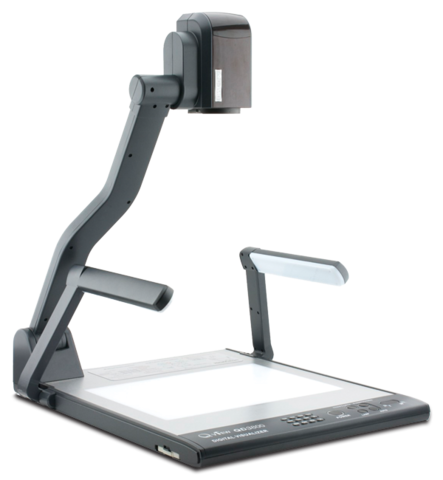 There is no software today that can turn that video into a well scanned document. But there will be. Truth is, we could write it today, but nobody has. If you scan this way, you're making the bet that somebody will. Even if nobody does, you can still go into the video and find any page and pull it out by hand, it will just be a lot of work, and you would only do this for single pages, not for whole documents. You are literally saving the document "for the future" because you are depending on future technology to easily extract it.
There is no software today that can turn that video into a well scanned document. But there will be. Truth is, we could write it today, but nobody has. If you scan this way, you're making the bet that somebody will. Even if nobody does, you can still go into the video and find any page and pull it out by hand, it will just be a lot of work, and you would only do this for single pages, not for whole documents. You are literally saving the document "for the future" because you are depending on future technology to easily extract it.